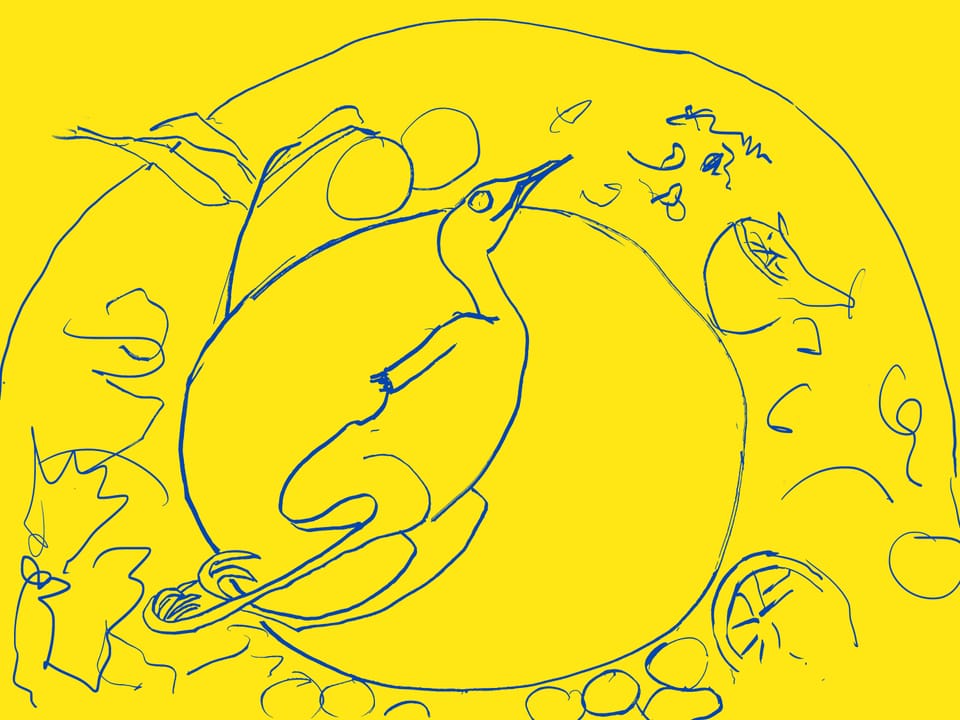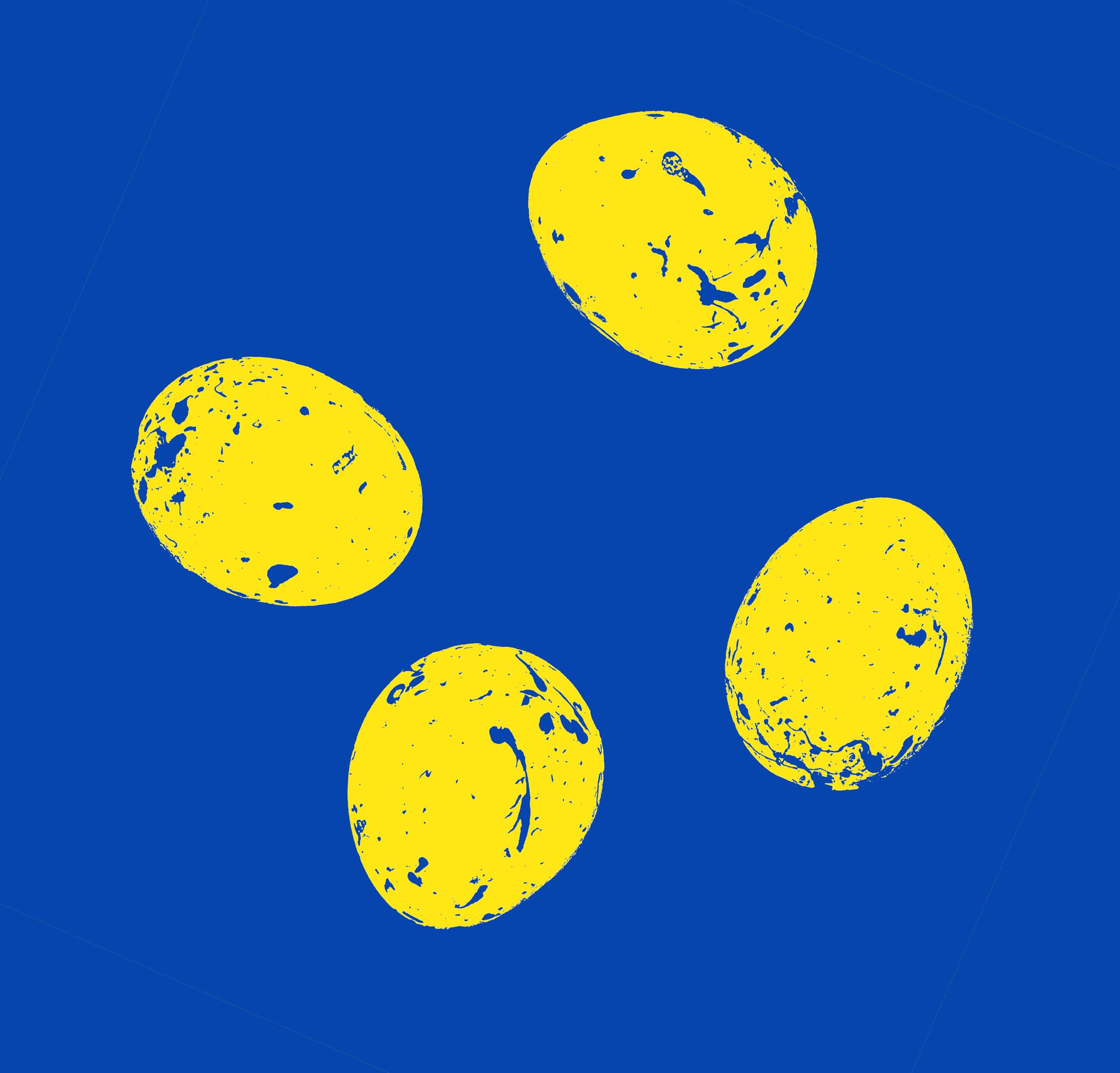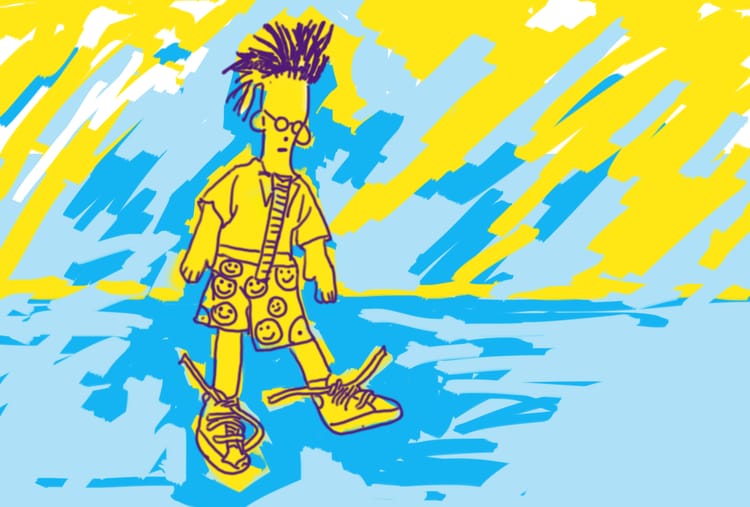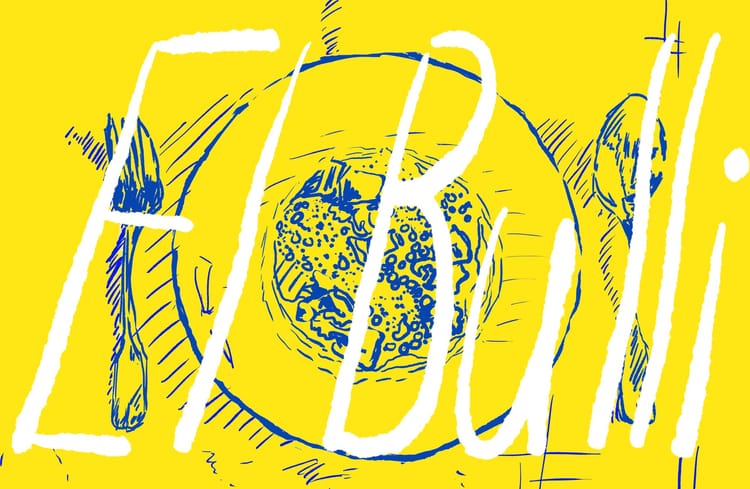Expiration Dates: Ortolan Bunting

by Sahar Tavakoli.
Expiration Dates is a collaboration between The Stopgap’s obituary column and RELISH—a multidisciplinary research project aimed at Reframing European Gastronomy Legacy through Innovation, Sustainability, and Heritage.
Under the European Union’s Horizon Europe Research and Innovation Programme, RELISH explores the role of recipes, rituals, and culinary practices in the formation of European cultural identity. Gastronomy is never static. We adapt recipes according to skill level, party size, and wherewithal; we substitute ingredients in keeping with changes to availability, affordability, and desirability. Our tastes entangle with histories of trade, migration, and fashion. The “Reframing” part of RELISH, then, lies in understanding heritage not as a fixed inheritance but as a living, transformative practice.
This short-run series offers four culinary obituaries, together intended to reflect on the lives and afterlives of foods that have been celebrated, neglected, or regulated out of existence. Can a food or dish be simultaneously shameful and celebratory? Can it be brought back from the dead? Who or what gets to act as spokesperson for our food? Who, moreover, is qualified to judge its value? What follows here are reflections on the work food does—before, during, and after its disappearance.

Expired #4: Ortolan Bunting
The bird that stops to eat becomes the bird that is eaten.
Animals fill themselves, man eats: Dinner has been served, December 31, 1995. Named for its main ingredient, and presented to former French president François Mitterrand in what is purported to have been his last meal, the dish known as ortolan has been outlawed since 1999.
Both in preparation and consumption, ortolan was a veiled practice. It began with capture in a kind of twisted-wire trap called a matole. The titular ingredient—a migratory songbird measuring approximately 16 centimeters in length and having a weight of around 20 grams—would then be confined to a light-proof cage where, presented with a steady supply of millet and the illusion of perpetual night, it would be encouraged to eat to excess, tripling in body fat and placing its liver in hypertrophy. As with any recipe, variations existed. Some birds fattened on figs rather than grain; some had their eyes pierced with tweezers or pins to impose darkness more directly. Consistently, once deemed sufficiently engorged, the bird would be drowned in Armagnac, plucked and, finally, roasted or baked in their own fat.
The result was unsightly. French tradition requested that diners conceal the act of eating by hiding their heads beneath napkins—not only from one another, but, purportedly, from the eyes of God. When roasted, the body of the bird-turned-dish sits rigid. Laid sideways for serving, it appears—in every other respect—to be sitting bolt upright. The eyes of those prepared without the use of tweezers bulge as a result of the roasting process. Their beaks gape. The once-songbird appears caught in an endless and silent scream. Out of sight, the diner lifts the ortolan by its terror-ridden face and eats it feet first and whole—like an illicit Gusher—so as not to spill the Gascon brandy encapsulated within.
In his paper on structures of food names classification, What is a Recipe?, philosopher Andrea Borghini articulates an ontological distinction between a recipe and a dish. The former is a social category, sensible across multiple instances, and recognised as being of a type in moments of invocation. It is, in this sense, a flexible kind: the recipe retains its identity across variations the same way we recognize an orange as orange whether Valencia, Jaffa, or Navel; peeled, quartered, or juiced. The dish is a single instance of the recipe; bound to time and space, shaped by the particularities of the cook, the conditions of making, and the ingredients to hand. It is not the orange, it is an orange; this orange.
We rarely apprehend the flora and fauna of the world as recipes, nor even necessarily as ingredients. The world is far more edible than we tend to acknowledge: Common weeds such as dandelions and nettles, ornamental flowers such as roses or magnolias, and, in urban settings, creatures like pigeons and squirrels are all edible and elsewhere eaten. Yet few collapse so starkly the categories of creature, ingredient, recipe, and dish as the ortolan—before it is consumed, it is a bird. In the case of ortolan, the recipe does not disguise its animal origins. The two ortolans behave, instead, like the two faces of a gestalt switch; each visible in the other. Being able to choose when to see what seems to be part of the appeal.
The order Passeriformes is the largest among all birds, also called ‘perching birds’ for the affordances of their anisodactyl feet. Though its preference for ground surfaces over branches or wires might suggest otherwise, the ortolan (or Emberiza hortulana) belongs to this order. Born in ground nests across northern latitudes—primarily Scandinavia, the Baltic States, and parts of Russia—these ortolans migrate thousands of kilometers south each autumn toward the Sahel region of West Africa, where they overwinter in scrublands and savannas before beginning the long return journey north. Predominantly solitary in their habits, ortolans gather in the evenings, engaging in brief moments of commensality before dispersing again. For the dish, migration is the point of interception: The bird that stops to eat becomes the bird that is eaten.
The European Union Birds Directive of 1979 prohibited the trapping of protected species such as E. hortulana. In France, citizens resisted enforcement. Advocates defended hunting the ortolan, casting the practice as a matter of intangible cultural heritage, the protection of which they deemed more urgent than the survival of the bird itself. The ban would finally pass in 1999, but the appeal to heritage as a higher good has since become a familiar refrain. In the early 2000s, as EU member states moved to prohibit the gavage method in foie gras production, the French government responded by writing its protection into law. Around the same period, invoking the same reasoning, and with the backing of some members of French parliament, members of far-right nationalist organisations staged public pork feasts in neighbourhoods that were—ironically and quite deliberately—not only predominantly but, by some measure, traditionally Jewish or Muslim.
Such appeals to heritage as the highest of higher goods—made with the further presumption that heritage practices are timeless and unaltered—are not limited to the French context. Danish law has decreed that all day-care menus include pork, to preserve a pork-based national identity. Italian politicians have described inclusive menus as a kind of culinary blasphemy. Across Europe, movements from Slow Food to the New Nordic Cuisine, and even, if we are not cautious, projects like Reframing European Gastronomy Legacy through Innovation, Sustainability, and Heritage, trade on similar logics. Rarely do these projects pause to reckon with the fact that the cultural histories they aim to safeguard were as environmentally disastrous as those of the present, as structured by colonial extraction as today’s markets are by its afterlives, and as hegemonic in determining whose foods count as welcome or appropriate.
The legal consumption of ortolan is survived by an illegal trade, as well as by the organisation BirdLife International and its French partner, the Ligue pour la Protection des Oiseaux.




Comments ()